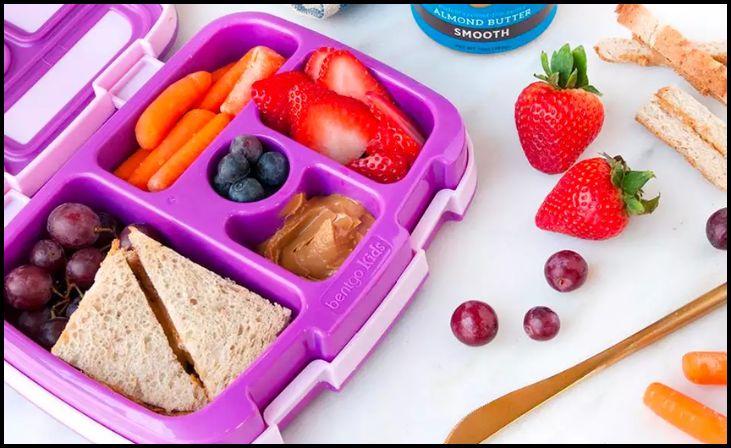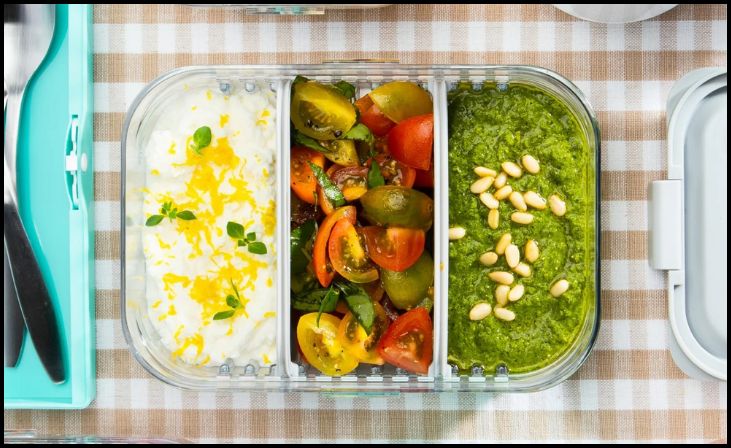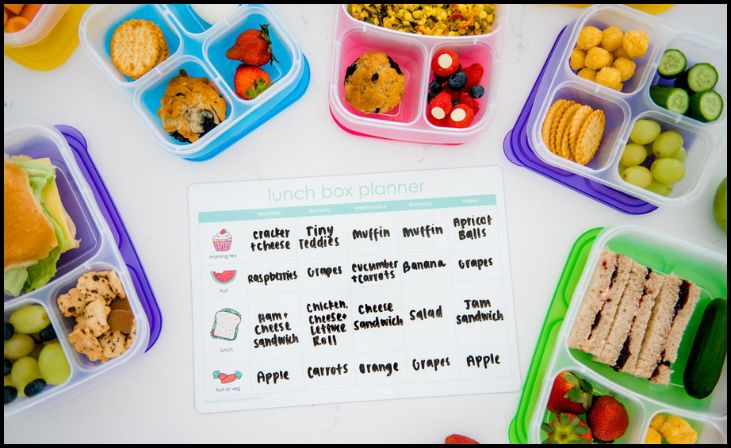Dealing with fussy eaters can be a daily challenge, especially when it comes to packing lunch for school. But fear not! With a little creativity and planning, you can transform lunchtime into an exciting part of your child’s day. Here are some innovative lunchbox ideas and strategies to make lunchtime enjoyable for even the pickiest eaters.
1. Opt for a Child-Friendly Lunch Box

Choosing a lunch box that appeals to your child can make a big difference. Look for lunch boxes with their favorite cartoon characters or bright colors. Allowing them to decorate their lunch box with stickers and colors can also make them more excited about their meals.
Benefits:
- Increases interest in lunchtime
- Personalizes the lunch experience
- Encourages a sense of ownership
2. Ask Your Child to Pack the Lunch
Involving your child in the lunch-packing process can make them more likely to eat what they pack. Let them help with simple tasks like choosing fruits or packing yogurt. Discuss their preferences to ensure their lunch includes foods they enjoy.
Benefits:
- Empowers the child
- Ensures their favorite foods are included
- Promotes healthy eating habits
3. Avoid Introducing New Foods to School-Going Children

While it’s great to introduce new foods at home, it’s best to stick to familiar favorites for school lunches. This approach helps avoid lunchtime battles and ensures your child will eat their meal instead of bringing it back home untouched.
Benefits:
- Reduces mealtime stress
- Increases the likelihood of the food being eaten
- Creates a positive lunch experience
4. Keep Surprising
Add an element of surprise to your child’s lunchbox. Include a small, nutritious treat or a fun note. These little surprises can make your child look forward to opening their lunchbox each day.
Benefits:
- Makes lunchtime fun
- Encourages children to eat their lunch
- Creates a sense of anticipation
5. Don’t Pack Too Many Items at Once

It’s important to pack a variety of foods, but avoid overwhelming your child with too many options. Stick to a main item, like a sandwich, paired with a fruit or vegetable. This approach ensures they don’t get overwhelmed and are more likely to eat everything you pack.
Benefits:
- Reduces food waste
- Simplifies the lunch experience
- Ensures balanced nutrition
6. Make Food Fun with Shapes and Colors
Use cookie cutters to shape sandwiches, fruits, and vegetables into fun shapes. Bright, colorful foods can also make the meal more appealing. For example, cut carrots into star shapes or create a rainbow fruit salad.
Benefits:
- Makes food visually appealing
- Encourages kids to try new foods
- Adds an element of play to lunchtime
7. Include Dips and Spreads

Kids love to dip their food. Include healthy dips like hummus, yogurt, or guacamole to make veggies and fruits more exciting. This can also help ensure they get more nutrients from their lunch.
Benefits:
- Makes veggies and fruits more appealing
- Adds variety to the meal
- Provides additional nutrients
8. Pack Balanced Meals
Ensure each lunchbox includes a balance of protein, carbohydrates, and fats. Include items like cheese, lean meats, whole grain bread, and nuts. A balanced meal keeps your child full and energized throughout the day.
Benefits:
- Provides sustained energy
- Promotes healthy growth
- Supports overall health
9. Use Bento Boxes for Variety
Bento boxes with multiple compartments are great for packing a variety of foods without them mixing together. You can include small portions of different items, making the meal more interesting and varied.
Benefits:
- Keeps foods separate
- Adds variety without overwhelming
- Makes packing lunch easier
10. Add a Personal Touch with Notes
Include a little note in your child’s lunchbox to brighten their day. Whether it’s a joke, a fun fact, or a simple “I love you,” these notes can make your child feel special and loved.
Benefits:
- Strengthens parent-child connection
- Adds emotional value to the meal
- Makes lunchtime more enjoyable
11. Plan Lunches Together
Spend some time each week planning lunches with your child. Let them choose from healthy options and discuss what they’d like to see in their lunchbox. This involvement can make them more excited about eating their lunch.
Benefits:
- Encourages healthy choices
- Increases engagement in meal planning
- Reduces lunchtime refusals
12. Be Consistent but Flexible
Stick to a routine for packing lunches, but be flexible enough to accommodate your child’s changing tastes and preferences. If they loved apple slices last week but now want carrot sticks, make that switch without hesitation.
Benefits:
- Adapts to your child’s preferences
- Keeps lunches interesting
- Encourages positive eating habits
13. Create a Lunchbox Checklist

Develop a checklist with your child that includes all the components of a balanced lunch. This can include a protein, a fruit, a vegetable, a carb, and a small treat. Use the checklist to pack lunches together.
Benefits:
- Ensures balanced meals
- Teaches kids about nutrition
- Simplifies the packing process
14. Experiment with International Foods
Introduce your child to different cuisines by including international foods in their lunchbox. Try sushi rolls, quesadillas, or falafel. This can make lunches more exciting and help them develop a taste for a variety of foods.
Benefits:
- Broadens culinary horizons
- Makes lunchtime more interesting
- Encourages trying new foods
15. Keep Hydration in Mind
Include a fun water bottle in your child’s lunchbox to ensure they stay hydrated. You can also add a splash of fruit juice to their water for flavor. Staying hydrated is crucial for maintaining their energy levels throughout the day.
Benefits:
- Ensures adequate hydration
- Adds a fun element to drinking water
- Supports overall health and well-being




